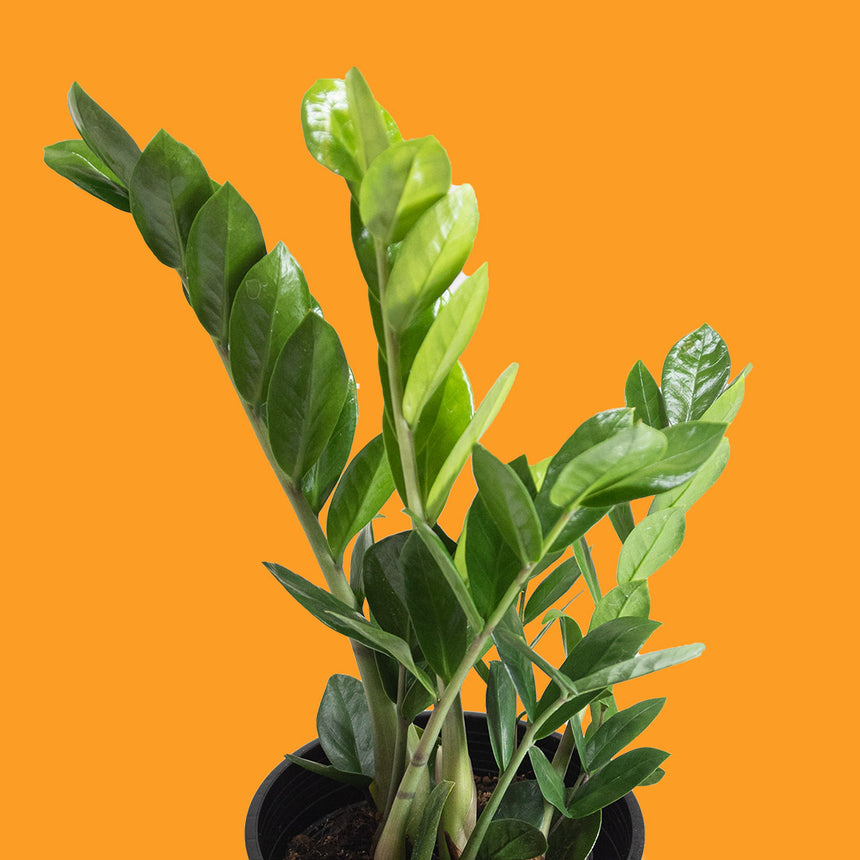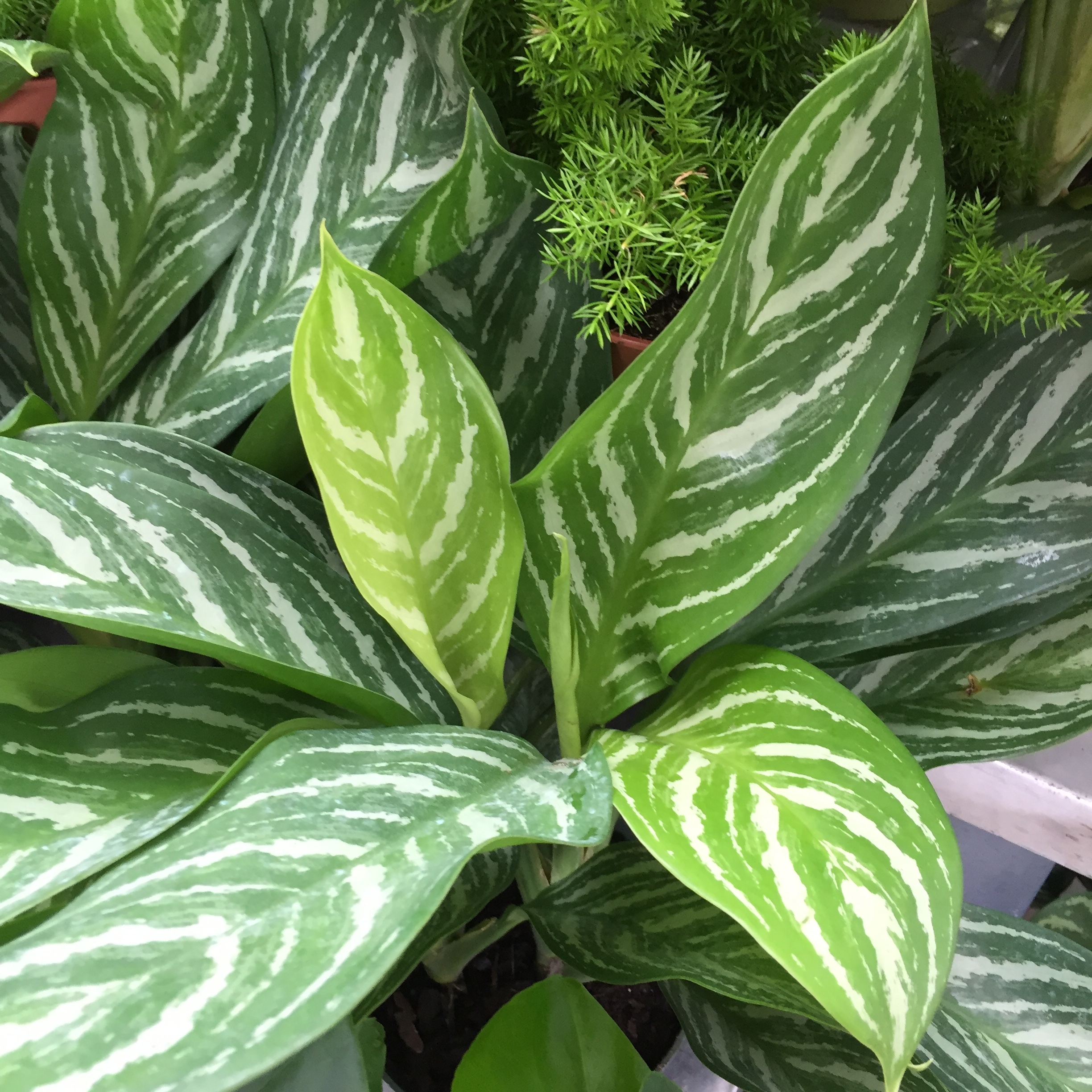Create a Lush Indoor Oasis with the Best Low-Light Indoor Plants
Create a Lush Indoor Oasis with the Best Low-Light Indoor Plants
Blog Article
Reveal the Keys of Low-Light Indoor Plants and How They Improve Your Setting
Low-light interior plants have actually amassed enhancing focus for their distinct capacity to enhance both visual appeal and environmental top quality within workplaces and homes. These durable varieties, including the Serpent Plant and Tranquility Lily, not only prosper in tough lighting conditions yet also play an essential duty in air purification and emotional wellness.
Advantages of Low-Light Indoor Plants
Although many individuals think that indoor plants require plentiful sunshine to grow, low-light indoor plants supply a wide range of benefits that make them excellent for various atmospheres. Among the key advantages is their flexibility; they can prosper precede with restricted natural light, such as offices, cellars, or spaces with small windows. This feature enables people to improve their environments with plant, adding to enhanced looks without the need for comprehensive illumination adjustments.
Moreover, low-light interior plants can considerably boost indoor air high quality by launching and filtering system damaging toxins oxygen, making living spaces healthier. Research study has actually revealed that specific varieties can absorb pollutants, hence advertising a cleaner environment. Furthermore, they can enhance mental health by lowering stress and anxiety and raising performance. The visibility of plants has been linked to better sensations of serenity and emphasis.
Moreover, low-light plants frequently require less upkeep than their sun-loving equivalents, making them optimal for busy individuals or those brand-new to gardening. Their durability allows them to love minimal treatment, hence supplying a rewarding experience for plant lovers and novices alike. In summary, low-light interior plants serve both aesthetic and practical purposes, making them important additions to any type of room.
Top Low-Light Plant Ranges
Low-light interior plants come in a range of varieties, each offering unique attributes and advantages suited for dim atmospheres. Amongst one of the most popular selections is the Serpent Plant (Sansevieria), understood for its air-purifying capabilities and building fallen leaves. This resistant plant thrives on overlook and can tolerate a wide variety of light problems.
Another outstanding option is the ZZ Plant (Zamioculcas zamiifolia), which features glossy, dark eco-friendly fallen leaves and is very drought-tolerant. Its flexibility makes it a favored for workplaces and homes with limited sunshine.
The Pothos (Epipremnum aureum) is additionally a leading challenger, with its routing creeping plants and heart-shaped fallen leaves - Best low-light indoor plants. This functional plant can be educated to climb up or waterfall, adding visual interest to any space

Treatment Tips for Low-Light Plants
Caring for low-light interior plants needs a nuanced understanding of their particular needs to make certain ideal growth and vigor. It is essential to pick the best potting mix, as a well-draining dirt is vital to avoid root rot. A blend made for houseplants, commonly containing peat moss and perlite, works well for most low-light ranges.
Watering is another crucial aspect of care. Low-light plants usually require much less constant watering compared to their sun-loving equivalents. It is advisable to inspect the leading inch of dirt; if it feels dry, it's time to water. Overwatering can bring about problems such as mold and mildew and root decay.
Fertilizing should be come close to with care. Throughout the growing season, a diluted fluid plant look what i found food can be used monthly, yet in winter months, numerous low-light plants go into inactivity and call for little to no fertilizing.
Lastly, it's essential to regularly cleanse the fallen leaves to get rid of dirt, permitting better light absorption. By adhering to these care tips, you can cultivate a flourishing atmosphere for your low-light indoor plants, improving both their appearance and durability.
Enhancing Air Top Quality With Plants
Indoor plants play a considerable duty in boosting air top quality within homes and workplace. Through the process of photosynthesis, these plants take in co2 and release oxygen, adding to a healthier atmosphere. Additionally, certain low-light interior plants have the capacity to filter unsafe pollutants, such as benzene, formaldehyde, and trichloroethylene, which are typically found learn the facts here now in interior atmospheres.

Furthermore, the presence of interior plants can raise humidity degrees, which helps alleviate completely dry skin and breathing concerns, even more improving total wellness. This ability to enhance air top quality not only promotes physical health yet additionally sustains psychological wellness.
Integrating low-light interior plants into your living and working rooms can result in an extra lively and invigorating environment (Best low-light indoor plants). Buying these natural air cleansers is an easy yet efficient strategy for improving interior air top quality and fostering a healthier way of life
Producing a Calm Indoor Room
The integration of plants into living areas not just boosts air top quality but also contributes to a peaceful ambience. Low-light indoor plants, such as snake plants and pothos, are especially efficient in producing a tranquil setting, as they prosper in problems that may otherwise be inhospitable for other greenery. Their lush foliage provides a relaxing visual, lowering stress and anxiety and advertising leisure.
Including these plants right into your office or home can stimulate a feeling of tranquility and health. Purposefully positioning them in locations where you invest substantial time, such as living spaces or work spaces, enables an immersive experience with nature, which has been revealed to enhance state of mind and cognitive feature.
In addition, the gentle motion of fallen leaves in feedback to air movement can produce a dynamic aesthetic aspect that improves the total setting. Take into consideration utilizing a variety of plant elevations and textures to include depth and passion to your area. With thoughtful placement and treatment, low-light indoor plants can change any location into a tranquil haven, cultivating not only visual contentment however mental and additionally emotional health.

Verdict
Integrating low-light interior plants into different environments yields substantial benefits, including boosted air quality and improved visual appeal. These sturdy varieties not only flourish in very little light yet also add to a relaxing atmosphere, promoting psychological and psychological health. By choosing useful link proper varieties and carrying out correct care methods, people can successfully grow a calm interior space that promotes health and productivity. The transformative power of low-light plants underscores their value in improving both occupational and property setups.
Although lots of people think that indoor plants call for abundant sunshine to flourish, low-light interior plants use a multitude of advantages that make them optimal for various atmospheres.Furthermore, low-light interior plants can considerably enhance interior air high quality by releasing and filtering system harmful toxic substances oxygen, making living rooms healthier. Additionally, specific low-light interior plants possess the capability to filter unsafe pollutants, such as trichloroethylene, formaldehyde, and benzene, which are typically discovered in interior settings.
Low-light indoor plants, such as snake plants and pothos, are specifically effective in producing a tranquil setting, as they thrive in conditions that might or else be unwelcoming for other greenery.Incorporating low-light indoor plants right into numerous settings returns significant benefits, including improved air high quality and improved visual allure.
Report this page